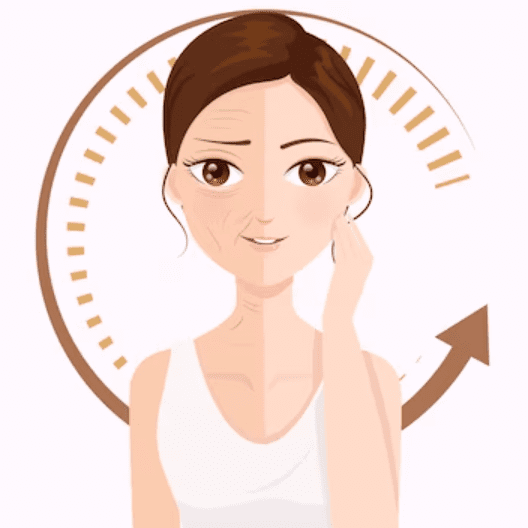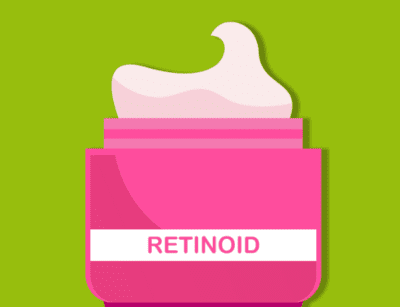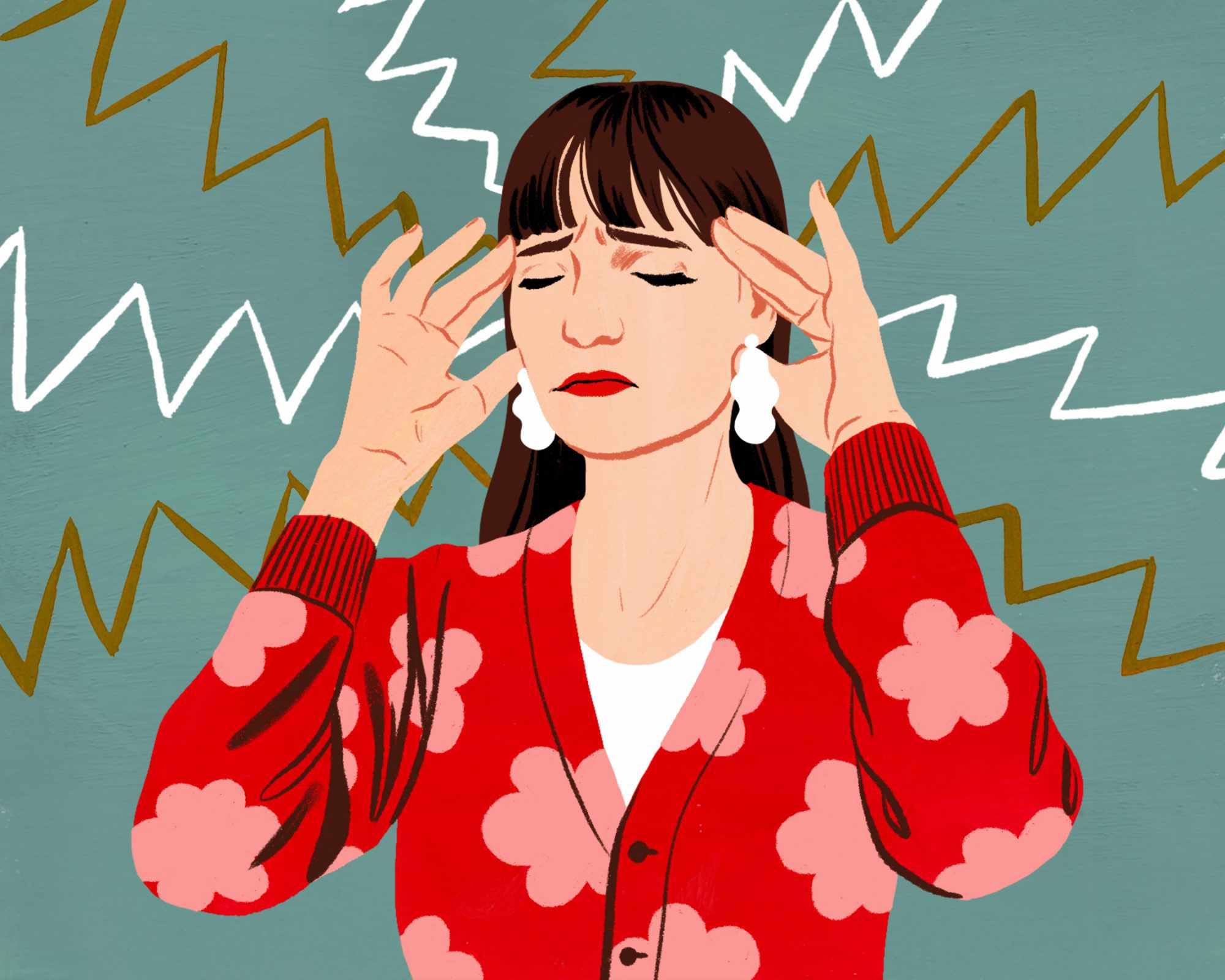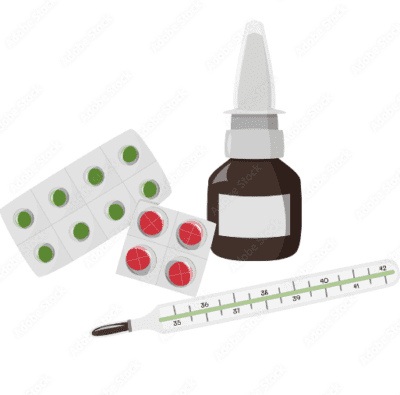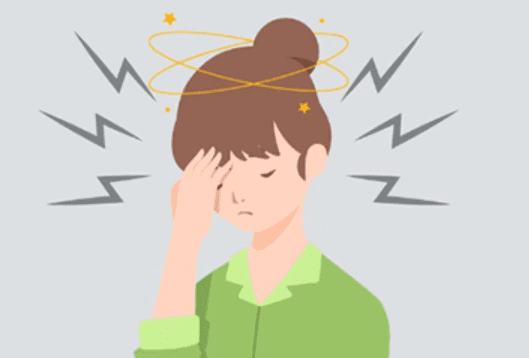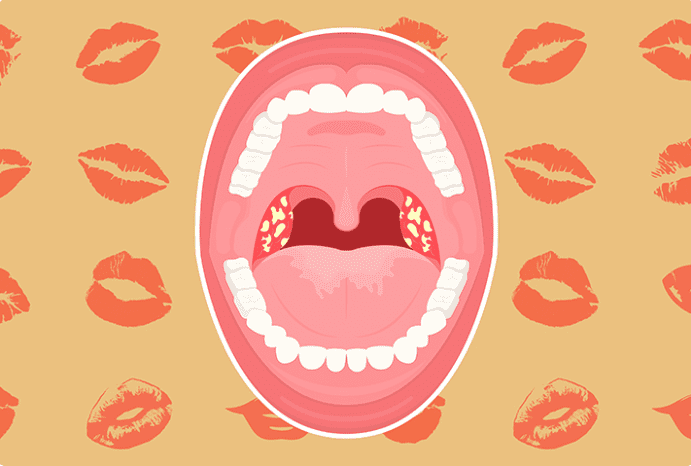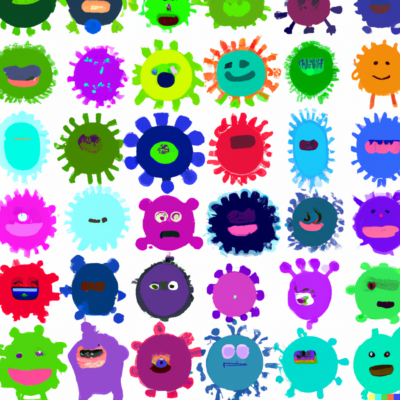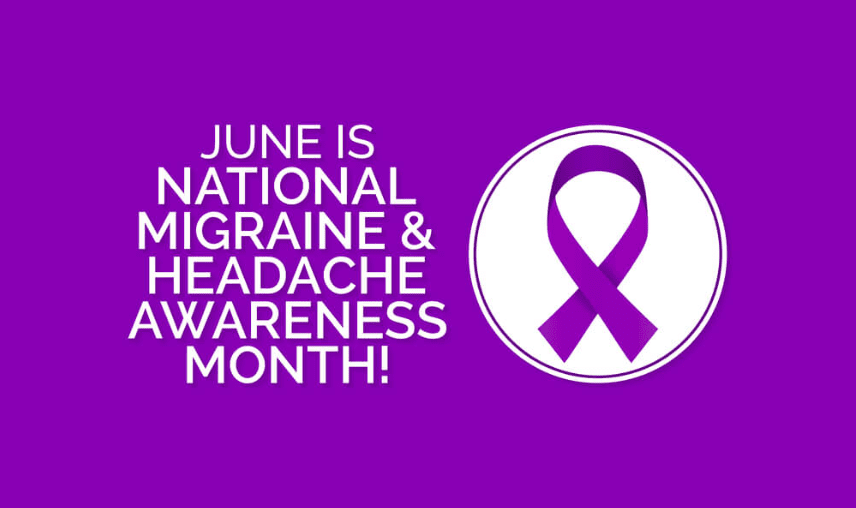Affordable Medications
Are Medications Affordable?
Medications do not need to be expensive.
Out-of-pocket costs for medications have skyrocketed. We know patients are sick of trying to figure out how to get medications at a reasonable cost. At Roots Health DPC, we are making medications easily affordable for our patients. How?
We buy medications at wholesale cost – and pass that value to our patients…without marking them up. We remove the middleman, pharmacy benefit managers/retail pharmacies, that come between patients and their medications. We have effectively lowered the cost of prescriptions by 50% to 90% for our patients.
Here are Just a few Examples of Medications for Under $5/month
Metformin
Ibuprofen
Lisinopril
Amlodipine
Sertraline/Zoloft
Lovastatin
Sumatriptan/Imitrex
Loratadine/Claritin

A Simple Solution for a “Complex” Problem
DPC stands for Direct Primary Care – we deliver health care services, including medications, directly to our patients. We provide medications at discounted rates because we know everyone deserves fair pricing on the medications they require to stay healthy. We are uniquely qualified to partner with our patients to determine which medications will best treat their medical conditions and ensure they receive those medications at a reasonable price.


